Wood Facts
A Bit of History
Hickory, and to a lesser degree oak, were the woods of choice in the early years of the game. These species of wood made for a very durable bat, but were also rather heavy. Heavy bats were acceptable at the time because the game was based on contact hitting in contrast to the high bat speed power hitting of today. As the game began to evolve through the 1930-40’s bats had to evolve as well. Enter the next wood of choice, Northern White Ash.
Ash became the only wood used for about 80 years. It’s qualities of light weight and good durability suited the needs of the evolving hitters looking for more bat speed and thus power. Ash is a ring porous species which is why the grains are so prominent. This feature also gives an ash bat slightly more flex than other woods and helps keep the bat from separating into two pieces when broken. Ash was used by all the great hitters after the Babe Ruth era up to the late 90’s, when a new comer burst onto the scene, Rock Maple. Ash is still used today.
Also called sugar maple or hard maple, Rock Maple was introduced to the game by the founder of Sam Bat and made popular by Barry Bonds. Maple is now by far the most popular wood in the game. Maple is harder with less flex than ash. Spurred by the popularity explosion of maple bats, bat manufacturers started looking for additional woods to use.
In the mid-2000s Yellow Birch was approved by Major League Baseball and began to be used. Birch is often mistakenly described as a happy medium between ash and maple offering a little more flex than maple and little more hardness than ash. The truth is birch is stiffer and more durable than maple and ash but has a little softer surface hardness.
Wood species
Both maple and birch are diffuse porous woods which means that the wood pores are equally distributed throughout the growth rings, therefore the grains are far less distinguishable than ash. This characteristic also makes maple and birch harder to grade. The difficulty of grading and lack of standards put manufacturers in a bit of a pickle in the late-2000s when the number of broken bats in MLB got out of control. Subsequent studies were conducted and a standard of ≤3˚ slope of grain deviation—shown by an ink dot test—was mandated. This ensures that the wood used is as strong as possible, greatly reducing the possibility of breaking. Despite the standards in place, wood baseball bats will still break; and diffuse porous woods have a higher potential for two piece breaks.
Contrary to what many bat manufacturers and players will say, harder wood does not mean that the ball travels farther or comes off with more speed. There have been no studies, to our knowledge, that proves one wood species performs better than another. Maple bats do not have more “pop,” they just produce a different sound and feel that a lot of players like.
Maple is the hardest of the three and is least likely to show dents, however it is the least durable.
Birch is the softest of the three and will show a little more dents, but it is by far the most durable.
Ash sits right between Maple and Birch as far as both hardness and durability goes.
All of our bats have a compression finish on the barrels, also called boning or steel burnishing. This process compresses the outside layer of the wood to make the surface harder and less susceptible to denting.
So which species is best? That’s a matter of personal preference and we encourage hitters to try out each type.
Subscribe to our emails
Be the first to know about new collections and exclusive offers.

